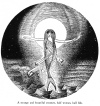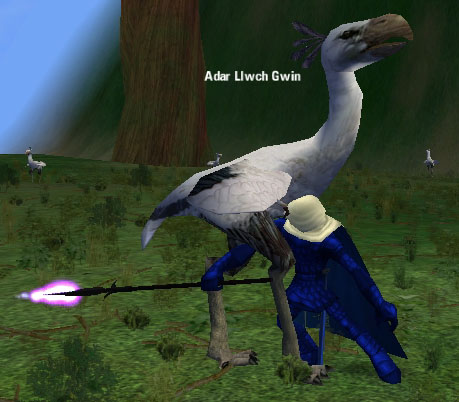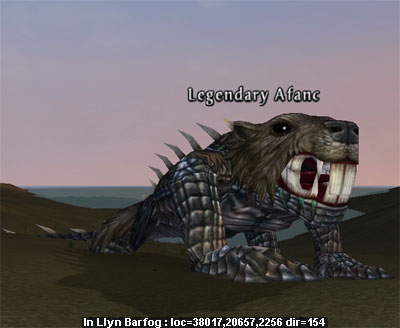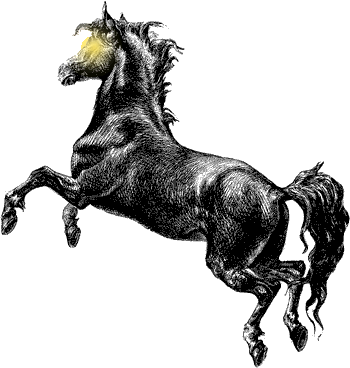THE HAUNTED SHIP
The karave was slowly moving westward in the open sea, bound for a Sicilian port to sell the cargo which she had taken on at Vostetsa. Nassos, alone on the deck, played his violin to the beauty of the still, sweet evening. He could
catch gruff sounds from his men below, but he played on, trying to forget them and his unhappy life.
Nassos’ music had lured them and, he thought, perhaps it would also win her, the most beautiful, the princess of them all, for himself. Breaking off the slow, plaintive melody he had been playing, he made his violin throb to the rhythm of a weird, wild dance. The fairies caught hands, whirled round and round, tossing their bright hair and laughing soundlessly. Faster and faster beat the music; wildly and more wildly danced the fairies, forgetting the presence of the mortal. While Nassos played furiously, he was watching for the great moment. Suddenly when the princess was near him, her back toward him, he dropped his bow, sprang forward and caught her hair.
The maiden screamed again and hid her face. Nassos ordered the men below, but he was answered by a confused muttering as they moved nearer to gaze with fascinated eyes on the beautiful creature.

Click to enlarge
A strange and beautiful creature, half woman, half fish.
loudly with one another. Then four husky fellows broke away from the rest and advanced toward Nassos.
"Give us the maiden," they commanded. "We will decide."
"She is mine," replied the young man calmly, "and I am your captain."
Nassos drew himself up and defied by a look of contempt the four huge men. Their faces grew dark with anger and a cry like a roar came from them as they rushed upon him.
"Save me! Let me go!" cried the maiden, but one man seized her and tore her from Nassos, leaving only a strand of her hair in his hand. The other three caught their captain and in the space of a moment his hands were tied and he was cast overboard.
When he rose to the surface, the sounds that came from the ship told of a fierce struggle. With a mighty effort he released his hands, but as he did so the strand of golden hair escaped him and floated free on the water. Though he snatched at it desperately, the rising waves carried it away, and the maiden, again in the transparent and shadowless form of a sea fairy, dropped silently into the water and disappeared. With a cry of despair, Nassos swam to the spot and called her again and again to return, though he knew with the certainty of sad premonition that he would not see her any more.
one of their own had hidden her, fell in jealous fury upon each other. They were desperate, drunken men. It was a struggle to the death. Nassos made his way back to the ship and by means of the anchor chain finally climbed aboard. By that time the clamor had subsided and when he reached the deck, a horrible, silent scene met his eyes.
"Woe, woe upon us!" they groaned. "Evil has fallen upon us. We are in the power of fairies. If you had told us, we would never have touched her. Their revenge and the blood of our comrades be upon your head!"
A trembling terror gripped them. Even after Nassos had bound up their wounds and they had helped him clear the deck and remove all traces of the combat, they started and shuddered at the least sound. Nassos determined to head for Sicily, but even when he promised the sailors an equal share of the profits with him, they were little encouraged. Sullenly they obeyed his directions and the karave moved slowly forward.
"Woe, woe!" they would chant again and again. "Evil is upon us!"
Once Nassos started from sleep, terrified to see the two men standing over him, one with his knife raised ready to strike.
The karave sailed on, but the spirits of the three on board sank lower and lower. They could not sleep; they ate little, because they had no desire for food and because they dreaded to go down into the deserted hull to get it. Nassos tried once to play his violin, but it moaned beneath his touch and the sailors stared with wild eyes into space as though listening to sounds not of the earth.
Petros and Mertikos, as they were named, would have been willing to let the ship founder, but in peril of his life Nassos ordered, begged, coaxed and bribed them into holding the course for Sicily. When they were within a few hours of their destination, Nassos found Petros at the tiller, praying for a storm to destroy them all. Nassos rebuked him.
"The ship is haunted," said Petros, his hair tossed and his eyes glazed. "The evil power of the fairies has possession of it. Nothing but misfortune can follow it. Misfortune, misfortune must take all of us. Six days have I been waiting for my share. Six days—a long time, a long time!"
Nassos turned away, as though paying no heed to the prophecy. The next moment he heard a plunge and saw Petros sink without resistance beneath the surface of the water.
The two who remained managed to make a successful landing, but before the cargo could be unloaded, Mertikos
fled from the haunted ship and Nassos saw him no more. The captain sold his karave and all she contained, and sent the receipts to his mother on the island of Psarà, keeping out only a few drachmas. With these he bought a little fishing boat and returned to fish for a living along the Corinthian Gulf.
The memory of that voyage never left him. His only consolation was the thought that for one exalted moment he had held a fairy in his power.
The end
Posted by Cynthia







































.jpg)

















